Author Archives: Oli
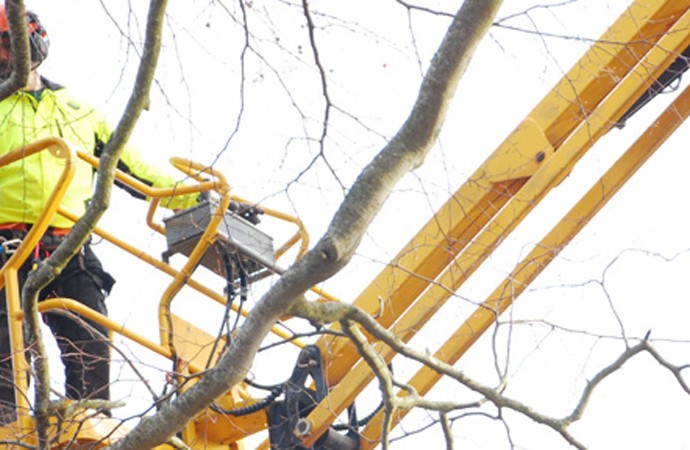
Pruning
From secateurs and loppers to hedge-cutters and chainsaws. We can accommodate your pruning requirements.

Planting and management
We can supply, plant and maintain your trees.
We can source a wide range of quality trees from our network of suppliers, whether they be:
- bare root
- root balled
- containerised
- transplants
- feathered
- or standard sized trees
We will happily assist with ground preparation and planting including:
- Weed control (mechanical, chemical, suppression)
- Preparation of planting pits
- Installation of suitable supports and guarding
We can assist with ongoing maintenance such as:
- application of fertiliser
- formative pruning
- pest/disease diagnosis
- pest/disease control
We currently hold LANTRA PA1, PA6 and PA6AW pesticide qualifications.
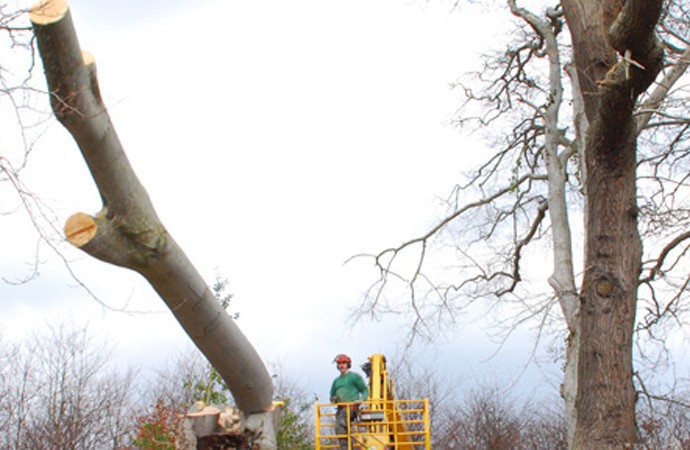
Tree Surgery
Fully qualified and insured to carry out pruning and felling work
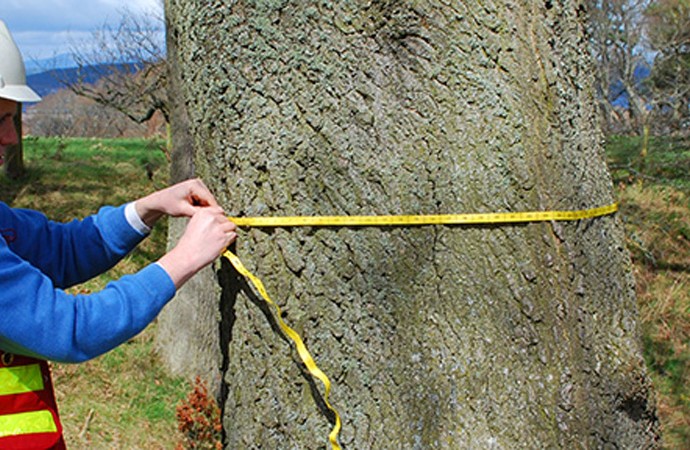
Surveying
Tree surveys and the preparation of professional
reports for our clients is our core business
The Death of the Oceans?
We have been watching Horizon: The Death of the Ocaeans? on BBC Four. Where David Attenborough takes a look at the findings of current research into the impact that mankind is having on our oceans and explores the question as to whether it is too late to save its remarkable biodiversity. 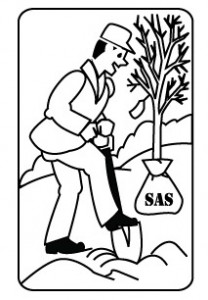 All rather depressing, particularly the findings that the continued rise in CO2 levels is causing acidification of the sea which is resulting in the death of coral reefs.
All rather depressing, particularly the findings that the continued rise in CO2 levels is causing acidification of the sea which is resulting in the death of coral reefs.
What can we do to stop it? Take action to reduce CO2 emmissions and plant more trees. If you don’t want to do the work yourself we can supply and plant the trees for you. Why not contact us.
Trust-Mark and Tree Care Approval: Does the profession need them?
Further to a request by a tree industry magazine publisher asking to use one of our blogs as an article in their magazine, we were approached by an organisation involved with introducing a new “trust mark” for the industry. The arboricultural profession already has several professional bodies that represent it. These bodies already vet there members. Members can also apply to be included in a number of “approved” registers. So the question is do we really need another scheme?
You may also wish to consider whether this new scheme goes any further in the prevention of “rogue trader” activity within the industry.
The new scheme is aimed at tradesmen but both Tree Surgeons and Consultants are included in our industry – Do you think this is appropriate?
Delightfully Smart Tools For Smarter Employees & Happier Customers

Trusted by 15M People & Businesses of All Sizes — Meet Our Customers






Tools for Smarter Employees
Tools for Happier Customers
100 Year Mission

We are building a 100-year company. Surviving for that long is only possible if we focus on building delightful customer experiences and continuously improve. Our team is passionate about our mission.
We are proud of the software tools we build and the fact that we provide awesome human support. If you need help, you can call, chat, email 24/7 or use our knowledge base.
We are privately held so we can focus entirely on that mission rather on meeting short term investor demands. This means we have the freedom to be 100% dedicated to building delightful products with simple honest pricing. We believe that software should make people happy, and we’re committed to making that a reality for all our users.

When You Build Delightful Software, People Notice

users each month

year mission

countries use ProProfs




Delighting 15M People & Businesses of All Sizes - Globally


Real-Life Customer Success Stories
Join Our Thriving Community
Great for training hundreds of employees
ProProfs has been a great tool for training hundreds of employees who are spread out across the US and Canada. The ProProfs online training has allowed us to provide over 3,000 individual sessions. Our people can take the training when it fits their schedule and from anywhere they can access the internet.

Fortune 500 Construction Co.
Excellent Customer Service!
With excellent customer service, ProProfs provided the necessary tool to make a testing mechanism in order to meet our requirements. We have had over 600 tests successfully conducted through ProProfs Quiz Maker and continue to get more!

Nebraska Department of Human and Health Services
ProProfs goes above and beyond to ensure you’re delighted!
We were able to categorize our questions by subject, which allowed us to better help our students understand what they were doing wrong and gave them the ability to change their pattern of learning.

Achievement Concept Course
If you feel strongly either for or against such schemes please feel free to add your comments (just click on the “Leave a Comment” link below).
Giant hogweed
Part of our work includes the surveying of invasive plant species. Giant hogweed Heracleum mantegazzianum is one such invasive. It is a particularly spectacular plant at this time of year as it will have formed a large central stalk (often over two metres tall) with a large umbrella-shaped head (umbel) of small white (rarely pinkish) flowers. Its sharply divided leaves can be up to three metres long and have bristles to their undersides. The stems are pale green with blotches of purple speckles these rarely coalesce to form solid purple areas.
It was the plant’s spectacular size and form that enticed plant collectors to introduce it to estates and gardens in Great Britain in the early 19th century. Such introductions continued for much of the 19th century and it was not long before outbreaks of the plant were being recorded in the wild.
Giant hogweed plants can live for several years but die once seeds have been borne. They persist in a rosette stage and usually flower in the third to fifth year. When conditions are unfavourable, such as on nutrient poor, shaded or dry sites or when regularly grazed, flowering is postponed until sufficient reserves have been accumulated. Each plant is capable of producing up to 100,000 seeds. These seeds can remain viable in the soil for up to 18 years. The seeds spread readily along watercourses and dense stands of giant hogweed form on riverbanks quickly shading out native vegetation. Denuded of other plant species, these riverbanks become highly susceptible to erosion when the hogweed plants die off in winter.
Anyone operating in areas infested with giant hogweed must be made aware of the health risks associated with the plant. It is necessary to avoid touching the plant with the bare skin and to prevent ultraviolet light from reaching skin that has been exposed. Toxicity may result from activities that involve bruising, cutting or touching the plant. All body parts must be covered with protective clothing. Cotton and linen fabrics should be avoided since their fibres soak up the plant sap and they can also be penetrated by plant hairs. Synthetic water-resistant materials offer far greater protection. Gloves with long sleeves should be worn and, if cutting this plant, protective goggles or glasses must be used to prevent drops of plant sap entering the eyes.
Care should be taken not to scratch or otherwise touch exposed skin with gloves covered in sap. Modern power equipment such as trimmers or weed whackers can spray pulverized plant material; therefore, it is essential to wear additional safety goggles or glasses including protection from inhalation.
In the event of skin exposure to the plant sap, the affected area should be wash carefully with soap and water as soon as possible and subsequently kept away from sunlight for at least 48 hours. Treatment with topical steroids early in the reaction can reduce the severity and ease discomfort. In the following months, a sun-cream should be used for the sensitive areas. If sap goes into the eyes, rinse them with water and use sunglasses. Seek medical advice as soon as possible, particularly after intensive contact.
The ultimate aim of long term control of giant hogweed must be its total eradication. When dealing with outbreaks along watercourses the control strategy ought to start with an extensive survey of the watercourse to map the locations of plants. Only then can a management plan be drawn up that will effectively deal with the problem.
Rogue Tree Surgeons Operating in Moray
Beware of rogue tree surgeons operating in Moray. This month we witnessed a group of Tree Surgeons butchering trees in the Forres area. We use the term “Tree Surgeons” very loosely here as we do not suspect that any one of them was qualified. Large limbs were being removed from the trees by a team wielding bow saws and a blunt chainsaw. The members of the team were taking it in turn to climb into the trees using ladders and branches but without any Personal Protective Equipment (PPE). None of the climbers wore a harness and none of the climbers or ground crew wore hi-vis clothing, protective trousers, safety boots or helmets. The larger limbs of the trees were removed using a single cut part way through the branch before it was torn from the tree by a number of old ropes tied together and attached to a transit van! The result being large ugly tears to the remaining branches.
They were working amongst live overhead power cables and telephone wires. Whilst they hit both during the course of the works they only managed to bring down their clients telephone line. It is unlikely that this crew were insured for such damages so the cost of reconnection would most likely have to be borne by their client. It took the team at least three days to do the work. All in, this excersise was likely to have been a very costly one for their client.
The moral here is always check that your contractor is insured for potential damage to your property. They should carry Public and Products Liability Insurance and Employers Liability Insurance if they employ staff. If they arrive with no protective equipment send them away.
Spring is in the air
After a shaky start it would appear that spring is now well under way and the trees are doing their thing. Bud scales are bursting open to reveal the fresh new flowers and leaves. It is possible that some of these trees will lose many of their leaves to late frosts. Luckily they are well equipped to cope and will regenerate lost growth with a second flushing (llamas growth). However as the sap is rising, the conductive tissue immediately under the bark will have softened. This makes trees highly susceptible to damage at this time of year. Therefore any pruning works should be left at least until the leaves on the trees have flushed and fully hardened.















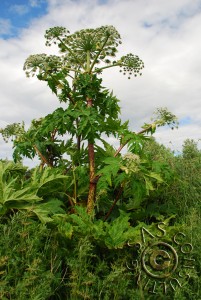






![Reblog this post [with Zemanta]](http://img.zemanta.com/reblog_e.png?x-id=6ac3a04d-4577-4dfa-8d8f-60ab6684c9bf)